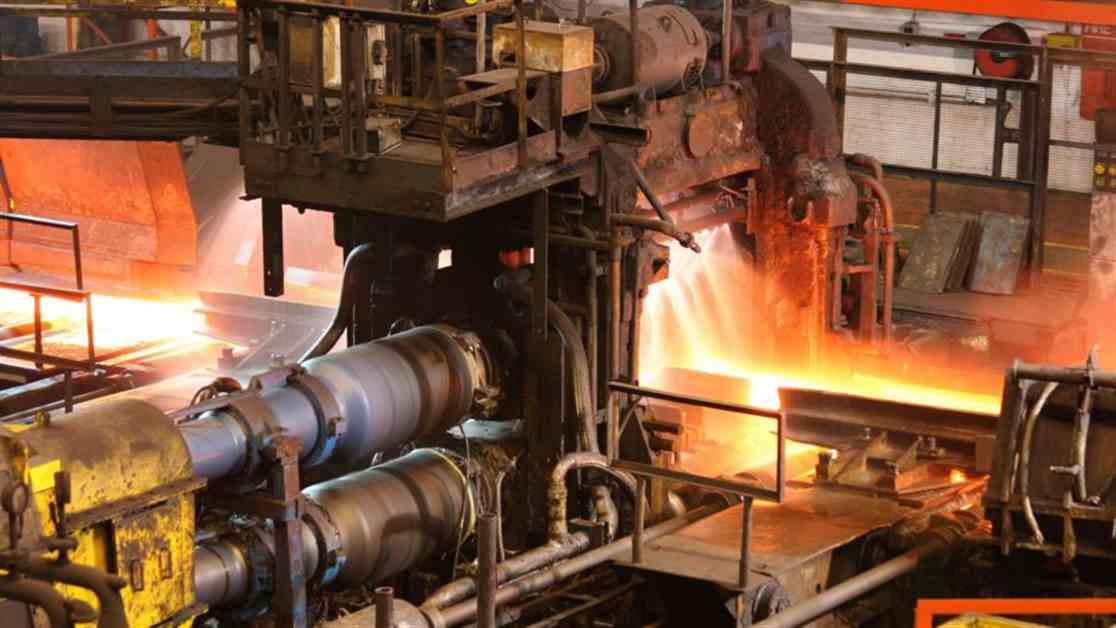Iron ore prices have dropped to a two-month low due to concerns about weakening demand in China. The latest carbon emission plan for the steel sector in China has raised worries about the future of iron ore demand. The most-traded September iron ore contract on China’s Dalian Commodity Exchange ended 4.16% lower at 806 yuan per metric ton, the lowest since April 10. Similarly, the benchmark July iron ore on the Singapore Exchange fell to $103.75 a ton, the lowest since April 8.
Analysts at Sinosteel Futures noted that iron ore supply has increased while demand has softened, leaving little room for improvement. High portside inventory has also contributed to weighing down the market. In addition, analysts at Jinrui Futures forecast that hot metal output may need to be reduced by 46 million tons in 2024 to comply with the carbon emission plan.
China’s state planner recently issued a special action plan aimed at reducing carbon dioxide emissions in the steel sector. The plan targets a reduction of about 53 million tons of CO2 emissions between 2024 and 2025. However, there is skepticism about the impact of property stimulus measures on real steel demand. Efforts to convert unsold homes into affordable housing may not significantly benefit developers due to the limited size and potentially low prices of the program.
In addition to iron ore, other steelmaking ingredients such as coking coal and coke also experienced price declines on the DCE. Steel benchmarks on the Shanghai Futures Exchange showed weakness, with rebar, hot-rolled coil, wire rod, and stainless steel all recording losses.
Overall, the iron ore market is facing challenges due to a combination of factors, including increased supply, softening demand, and concerns about the impact of carbon emission reduction plans. Investors and analysts will be closely monitoring the situation in China and global steel markets to assess the future trajectory of iron ore prices.


